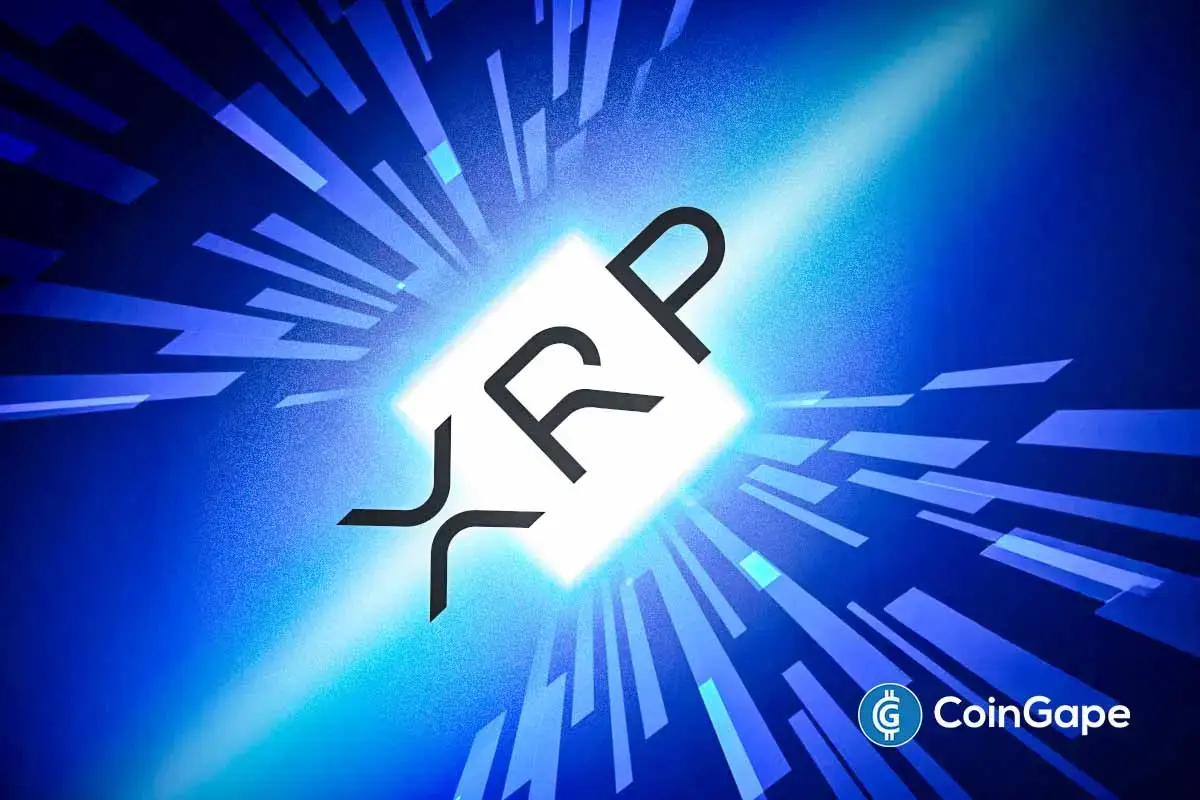Market
TON Foundation’s Plan to Onboard 500 Million Users


TON is a hot topic right now as the ecosystem gains traction due to strategic partnerships with Telegram and Tether and the trending Tap-to-Earn narrative.
BeInCrypto sat down with TON Ecosystem Lead Alena Shmalko to discuss the profound impact of these partnerships, the challenges of expanding a non-EVM compatible blockchain, and the strategic initiatives that catapulted TON into a major player in the space.
TON’s Key Projects and Partnerships
Alena begins by highlighting the explosive growth within TON’s ecosystem. “The ecosystem right now is experiencing a real boom,” she says, noting an impressive 2,000% increase in Total Value Locked (TVL) in recent months. This surge is largely attributed to the launch of The Open League, an initiative aimed at both TON users and builders, which has fostered massive growth and engagement.
One of the cornerstone partnerships bolstering this growth is with Telegram. Officially termed a strategic partnership, this collaboration integrates TON’s Web3 infrastructure into Telegram’s ecosystem.
“We’re aligned on the growth and development of Web3 elements within the Telegram ecosystem,” Alena explains. “As a result, we’ve seen the introduction of a wallet created by an independent team, which is now being rolled out as a native feature inside the messenger across various regions. Additionally, other independent products are being developed within Telegram, such as the Telegram App Center, which aggregates all decentralized applications launched on TON in the form of mini apps as well as Web2 Telegram mini apps.”
Read more: 6 Best Toncoin (TON) Wallets in 2024
The launch of Tether’s USDT on TON, announced at TOKEN2049, is also set to play a large role in driving mass adoption. It facilitated numerous joint campaigns with centralized exchanges such as OKX, Bybit, and KuCoin and offered users various opportunities to earn rewards. Introducing the world’s largest stablecoin to TON’s ecosystem represented a major step toward establishing a more consistent and reliable financial environment, providing easier transactions and fostering greater trust in the platform.
Alena notes ongoing partnerships with prominent Web3 players such as Animoca Brands, Fireblocks, and HashKey Group. Such allies validate TON’s technological advancements, boost its credibility, and appeal to a broader audience.
Developer Support and Community Engagement
TON Foundation and TON Society focus on supporting developers and boosting community engagement. They regularly organize hackathons, workshops, webinars, and online courses to equip developers with the knowledge and skills to build on the TON blockchain. These programs are globally accessible, ensuring anyone can contribute with the right resources and support.
One of the major initiatives in TON’s ecosystem is The Open League, a long-term incentive program designed to reward builders and users. The initiative started in March with 18 projects participating in the beta season and has now grown to embrace around 40 TON applications, 57 tokens, and 22 NFT collections. The Foundation has already distributed more than $45 million in rewards, allocated $150 million in total, and plans to scale the program further.
Alena also highlights the potential of the gaming sector within the ecosystem, noting that Web3 gaming offers new opportunities for value exchange, true ownership, and financial benefits for gamers. Coupled with Telegram’s potential — its 900 million monthly active users — this positions TON as the blockchain of choice for mini game developers.
“Web3 gaming empowers gamers to do things that they can’t currently cannot do, offering a better form of value exchange, true ownership and attractive financial opportunities,” she explains. “People can now access fun, simple and viral games in their favourite messenger, without the need to set up a separate Web3 wallet and leave the interface”.
Read more: Tap-to-Earn: What to Know About the Crypto GameFi Trend
TON is also exploring other product areas such as SocialFi, e-commerce, onboarding and education tools, and DeFi. These sectors have significant potential to attract large numbers of people. Future developments may include RWA tokenization, supply chain management, decentralized identity (DID), decentralized physical infrastructure networks (DePIN), and AI. Blockchain will ultimately spread across all those, but the low-hanging fruit here are products that will easily become appealing to retail users and offer them some clear, direct value.
The Road to 500 Million Users
Looking ahead, Alena outlines the primary objectives of TON’s ecosystem. The long-term mission of bringing 500 million users on-chain by 2028 is central to these goals. To achieve this, the Foundation will continue implementing The Open League. “This initiative has already borne a lot of fruit, but we want to scale it to more teams and users,” she explains.
Improving user experience (UX) and onboarding processes will be a significant focus. TON Foundation commits to supporting developers in creating valuable and user-friendly decentralized applications.
However, Alena recognizes the challenges ahead. One primary hurdle is that TON is a non-EVM blockchain, so developers must learn new programming languages like Tact and Fun-C. To mitigate this, TON provides comprehensive documentation, technical support, and educational resources.
“We are constantly improving our documentation and offering support to help developers transition smoothly into our ecosystem,” Alena notes. “Given that they need to learn new languages, we provide very comprehensive documentation in multiple languages. Now we’re translating it to Mandarin because we have a very strong focus on Asia. Then Arabic as well. We have documentation for CIS regions, of course, and obviously for English speakers”.
Read more: How to Achieve EVM Compatibility in Non-EVM Blockchains
Moreover, scaling the infrastructure to support a growing user base presents technical challenges. Ensuring that the network remains secure, efficient, and capable of handling increased traffic and transactions is a continuous effort. Alena points out that the team is dedicated to overcoming these obstacles by building a collaborative environment where developers can share insights and innovations.
As the conversation concludes, Alena reiterates her belief in the future of a fully tokenized world. “The future will be tokenized 100%,” she states, drawing parallels to the digital revolution many doubted at the turn of the century. Strategic partnerships, initiatives like The Open League, and a strong focus on user experience position TON to lead this transformation.
Disclaimer
In compliance with the Trust Project guidelines, this opinion article presents the author’s perspective and may not necessarily reflect the views of BeInCrypto. BeInCrypto remains committed to transparent reporting and upholding the highest standards of journalism. Readers are advised to verify information independently and consult with a professional before making decisions based on this content. Please note that our Terms and Conditions, Privacy Policy, and Disclaimers have been updated.
Market
Cardano (ADA) Jumps 4% as Bullish Signals Emerge

Cardano (ADA) is up 4% on Monday, trying to hit $0.65, showing signs of renewed bullish momentum. Technical indicators are beginning to align in favor of buyers, with the BBTrend turning positive for the first time in days and the DMI signaling strengthening upward pressure.
ADA is also nearing a potential golden cross formation on its EMA lines, which could further support a breakout if resistance levels are cleared. With momentum building and key levels in sight, Cardano is entering a critical zone that could define its short-term direction.
Cardano Shows Early Signs of Recovery as BBTrend Turns Positive
Cardano BBTrend has just flipped back into positive territory at 0.11, following four straight days in the negative zone. This shift, though subtle, may be the first sign of momentum stabilizing after recent weakness.
BBTrend, or Bollinger Band Trend, is a technical indicator that gauges the strength and direction of a trend based on how wide or narrow the Bollinger Bands are.
When the bands begin to expand and BBTrend moves into positive values, it often suggests growing volatility in favor of an emerging bullish trend. On the other hand, prolonged negative readings typically signal fading momentum and a lack of directional strength.

While a BBTrend of 0.11 is still low and not yet signaling a strong uptrend, the fact that it turned positive marks a potential inflection point.
It suggests that selling pressure may be fading and the price could be entering a recovery phase if buying activity increases. This early uptick in BBTrend often precedes a broader move.
Traders will likely be watching closely to see if this positive shift is sustained in the coming sessions, as continued gains in BBTrend could indicate the beginning of a more defined upward move for ADA.
Cardano Buyers Regain Control as Uptrend Shows Early Strength
Cardano Directional Movement Index (DMI) is showing a notable shift in momentum, with its Average Directional Index (ADX) climbing to 17.79, up from 13.77 yesterday.
The ADX measures the strength of a trend, regardless of its direction, on a scale from 0 to 100. Values below 20 suggest a weak or non-existent trend, while readings above 25 typically confirm that a trend is gaining strength.
ADA’s ADX is still below the 20 threshold but rising steadily—indicating that momentum is building and a stronger directional move could soon take shape.

Looking deeper, the +DI (positive directional indicator) has jumped to 26.38 from 16.30 just a day ago, signaling increased buying pressure. Although it has slightly pulled back from an earlier peak at 29.57, it remains firmly above the -DI (negative directional indicator), which has dropped significantly from 22.72 to 13.73.
This widening gap between the +DI and -DI suggests a clear shift in favor of bulls, with buyers regaining control after a brief period of selling pressure.
If the ADX continues to rise alongside a dominant +DI, it could confirm a strengthening uptrend for Cardano.
Cardano Nears Golden Cross as Bulls Eye Breakout—but Key Support Still in Play
Cardano price is approaching a potentially bullish technical development, as its EMA lines suggest a golden cross may form in the coming sessions.
A golden cross occurs when the short-term moving average crosses above the long-term moving average, often signaling the start of a stronger uptrend.
If this crossover is confirmed and ADA manages to break above the resistance at $0.668, the next upside targets sit at $0.709 and $0.77—levels not seen since late March.
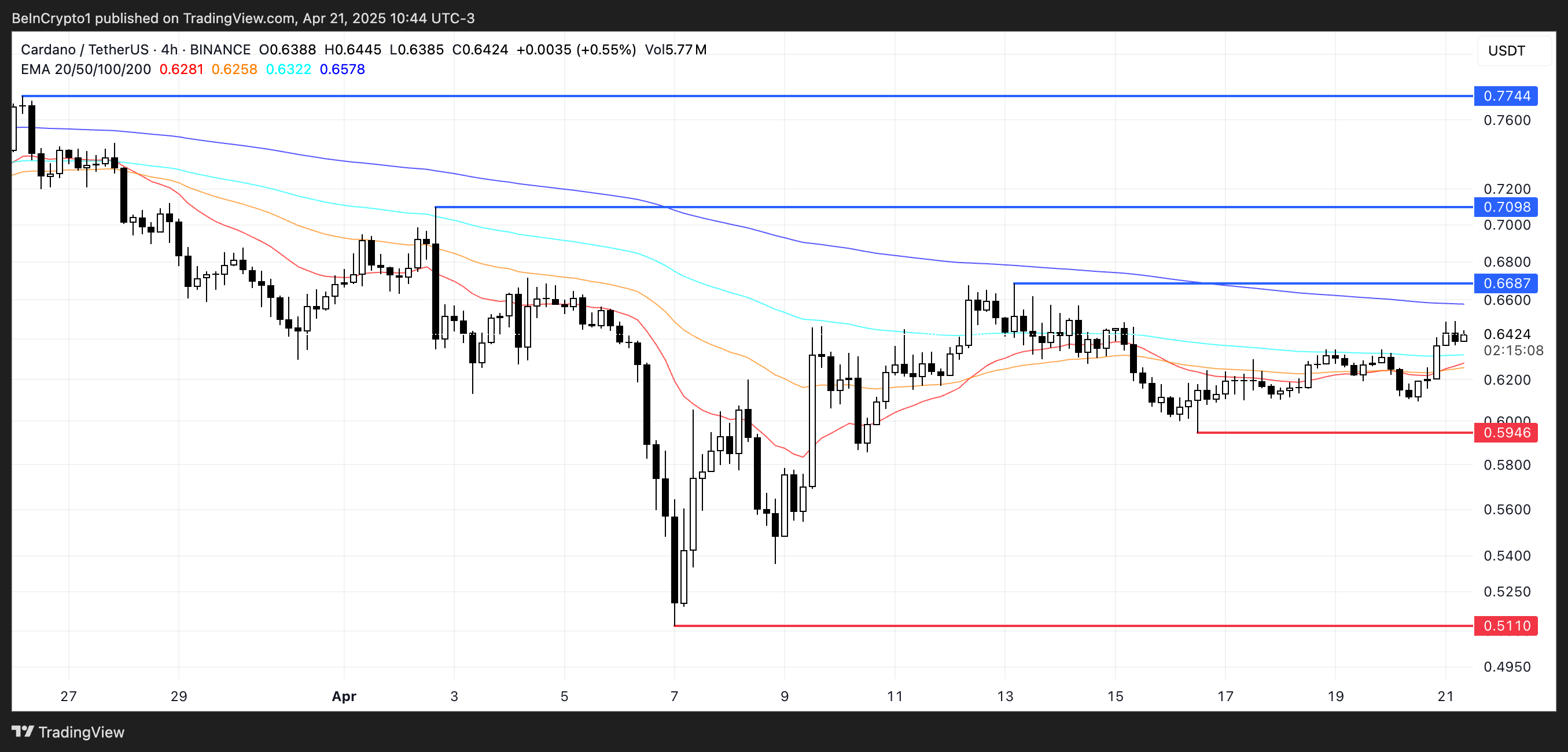
However, if ADA fails to maintain its upward trajectory and the momentum fades, downside risks remain in play.
A drop back toward the $0.594 support would be the first sign of weakness, and a breakdown below that level could expose the asset to deeper losses, with $0.511 as the next key support zone.
Price action around the $0.668 resistance will likely be the deciding factor.
Disclaimer
In line with the Trust Project guidelines, this price analysis article is for informational purposes only and should not be considered financial or investment advice. BeInCrypto is committed to accurate, unbiased reporting, but market conditions are subject to change without notice. Always conduct your own research and consult with a professional before making any financial decisions. Please note that our Terms and Conditions, Privacy Policy, and Disclaimers have been updated.
Market
Bitcoin ETFs Dominate Market Despite 72 Altcoin Proposals
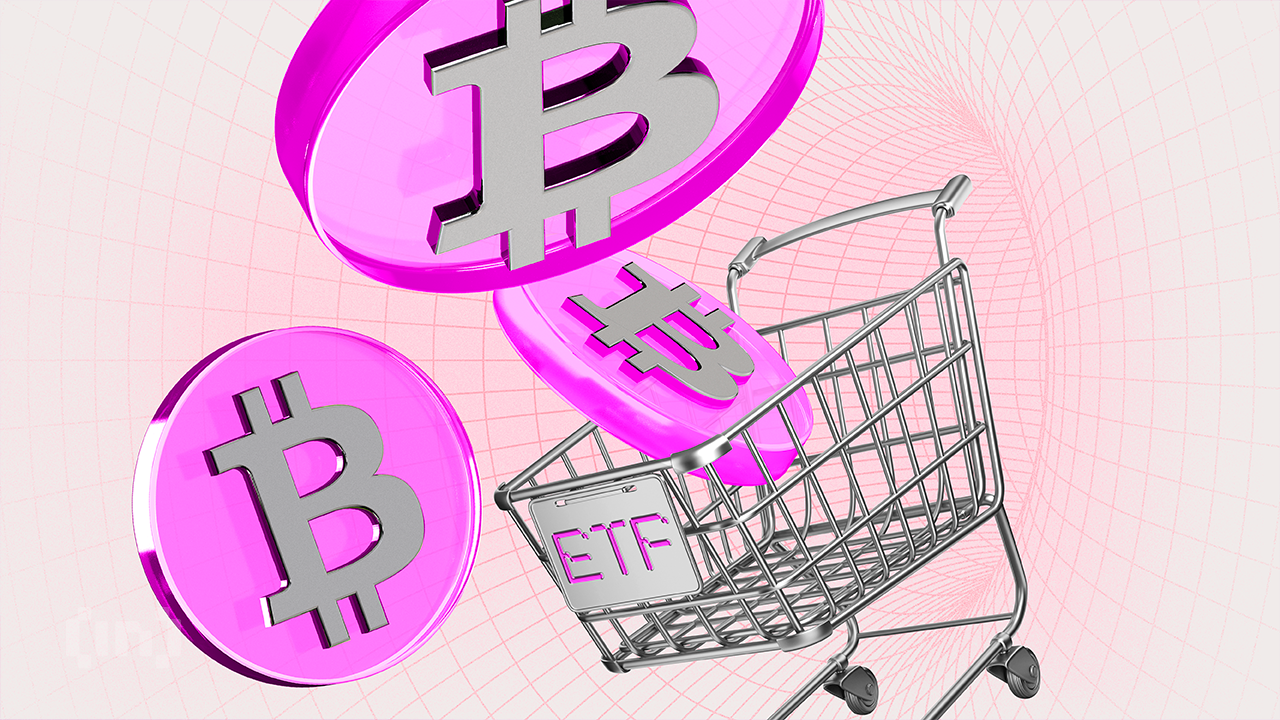
As the SEC is signaling its willingness to approve new altcoin ETFs, 72 active proposals are awaiting a nod. Despite the growing interest from asset managers to launch more altcoin-based products in the institutional market, Bitcoin ETFs currently command 90% of crypto fund assets worldwide.
New listings can attract inflows and liquidity in these tokens, as demonstrated by Ethereum’s approval of ETF options. Still, given the current market interest, it’s highly unlikely that any crypto found will replicate Bitcoin’s runaway success in the ETF market
Bitcoin Dominates the ETF Market
Bitcoin ETFs dramatically changed the global digital assets market over the past month, and they are performing quite well at the moment. In the US, total net assets have reached $94.5 billion, despite continuous outflows in the past few months.
Their impressive early success opened a new market for crypto-related assets, and issuers have been flooding the SEC with new applications since.
This flood has been so intense that there are currently 72 active proposals for the SEC’s consideration:
“There are now 72 crypto-related ETFs sitting with the SEC awaiting approval to list or list options. Everything from XRP, Litecoin and Solana to Penguins, Doge and 2x MELANIA and everything in between. Gonna be a wild year,” claimed ETF analyst Eric Balchunas.
The US regulatory environment has become much friendlier toward crypto, and the SEC is signaling its willingness to approve new products. Many ETF issuers are attempting to seize the opportunity to create a product as successful as Bitcoin.
However, Bitcoin has a sizable head start, and it’s difficult to imagine any newcomer disrupting its 90% market share.
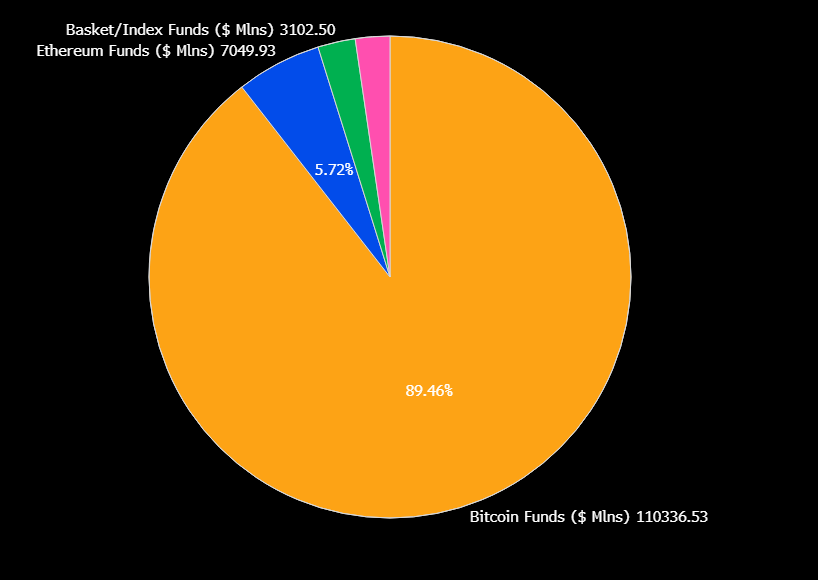
To put that into perspective, BlackRock’s Bitcoin ETF was declared “the greatest launch in ETF history.” Any new altcoin product would need a significant value-add to encroach upon Bitcoin’s position.
Recent products like Ethereum ETF options have attracted fresh liquidity. Yet, Bitcoin’s dominance in the institutional market remains unchanged.
Of these 72 proposals, only 23 refer to altcoins other than Solana, XRP, or Litecoin, and many more concern new derivatives on existing ETFs.
Some analysts claim that these products, taken together, couldn’t displace more than 5-10% of Bitcoin’s ETF market dominance. If an event significantly disrupted Bitcoin, it would also impact the rest of crypto.
Still, that doesn’t mean that the altcoins ETFs are a futile endeavor. These products have continually created new inflows and interest in their underlying assets, especially with issuers acquiring token stockpiles.
However, it’s important to be realistic. While XRP and Solana ETF approvals could drive new bullish cycles for the altcoin market, Bitcoin will likely dominate the ETF market by a large margin — given its widespread recognition as a ‘store of value’.
Disclaimer
In adherence to the Trust Project guidelines, BeInCrypto is committed to unbiased, transparent reporting. This news article aims to provide accurate, timely information. However, readers are advised to verify facts independently and consult with a professional before making any decisions based on this content. Please note that our Terms and Conditions, Privacy Policy, and Disclaimers have been updated.
Market
Coinbase Lists RSR, Atkins Association Fuels Bullishness

Coinbase is listing Reserve Rights (RSR), a dual‑token stablecoin platform aimed at creating a collateral‑backed, self‑regulating stablecoin ecosystem. Following the announcement, Binance’s ‘smart money’ traders are increasing long positions on the altcoin.
Incoming SEC Chair Paul Atkins was an early advisor for RSR, but he doesn’t maintain any active connection to the project. Nonetheless, RSR speculators may be anticipating some benefits from this old association.
Coinbase Lists RSR To New Enthusiasm
RSR has been active since 2019, aiming to upend the stablecoin ecosystem. It’s an ERC‑20 utility and governance token that underpins the Reserve Protocol, a dual‑token system designed to back and stabilize the Reserve stablecoin (RSV) at a $1 USD peg. RSR, a non-stablecoin, provides governance and backstop insurance to its counterpart.
The asset’s valuation peaked in 2021 but has been quiet since then until regaining prominence in 2024. Today’s Coinbase listing announcement saw RSR jump nearly 10%.
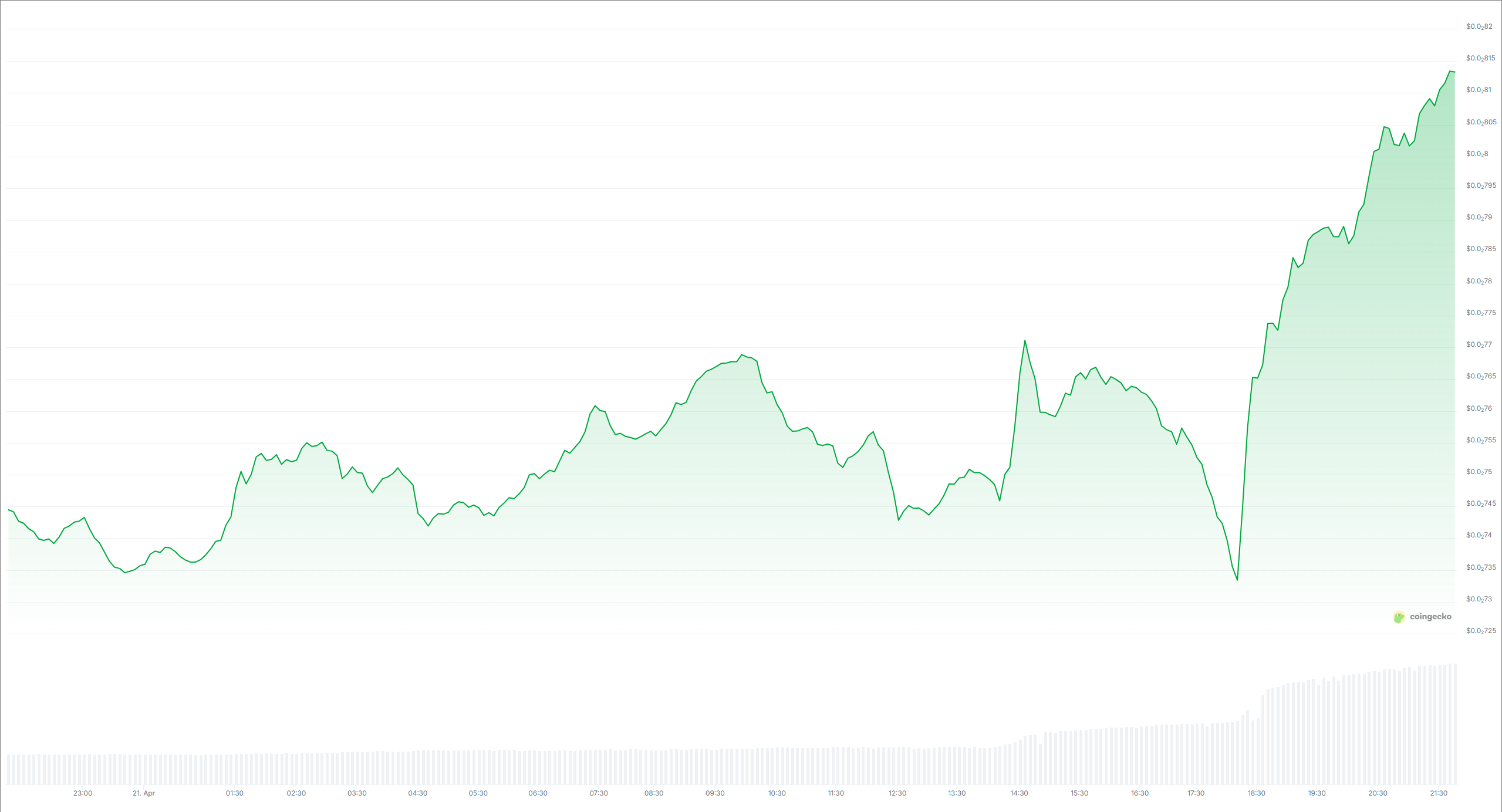
Coinbase first announced that it would list RSR a little under three weeks ago. Coinbase listings usually cause the underlying tokens to spike, and this has been no exception.
However, an intriguing side effect has also taken place. As the asset prepares its debut on Coinbase, top traders on Binance are showing a strong bullish positioning.

On Binance, the top‑trader long/short ratio measures the share of total open positions held as longs by the top 20% of accounts by margin balance. A 65.48% long ratio means these “smart money” participants are overwhelmingly betting prices will rise.
Meanwhile, beyond Coinbase listing, RSR is getting attention due to its link with incoming SEC Chair Paul Atkins. Although Atkins disclosed his crypto investments and has no current link with RSR, he joined the Reserve Rights Foundation as an advisor in its early stages.
Since Atkins succeeded in his confirmation hearing, RSR posted an impressive 22% rally. Technically, he hasn’t been seated as Chair yet, but traders are evidently expecting bullish developments.
Atkins has promised to bring crypto-friendly reform, and this connection could disproportionately impact his former associates.
That isn’t to say that anyone has alleged that Atkins will engage in corruption to unfairly boost RSR. However, since becoming President, members of Trump’s family have been involved in several controversial crypto deals. This precedent may be encouraging traders to believe in the importance of political connections.
For now, market narratives are very important in this industry. As Atkins officially begins his career as the SEC’s new Chair, RSR may continue to receive indirect benefits.
Disclaimer
In adherence to the Trust Project guidelines, BeInCrypto is committed to unbiased, transparent reporting. This news article aims to provide accurate, timely information. However, readers are advised to verify facts independently and consult with a professional before making any decisions based on this content. Please note that our Terms and Conditions, Privacy Policy, and Disclaimers have been updated.
-

 Bitcoin17 hours ago
Bitcoin17 hours agoUS Economic Indicators to Watch & Potential Impact on Bitcoin
-

 Bitcoin23 hours ago
Bitcoin23 hours agoHere Are The Bitcoin Levels To Watch For The Short Term
-

 Market20 hours ago
Market20 hours agoBitcoin Price Breakout In Progress—Momentum Builds Above Resistance
-
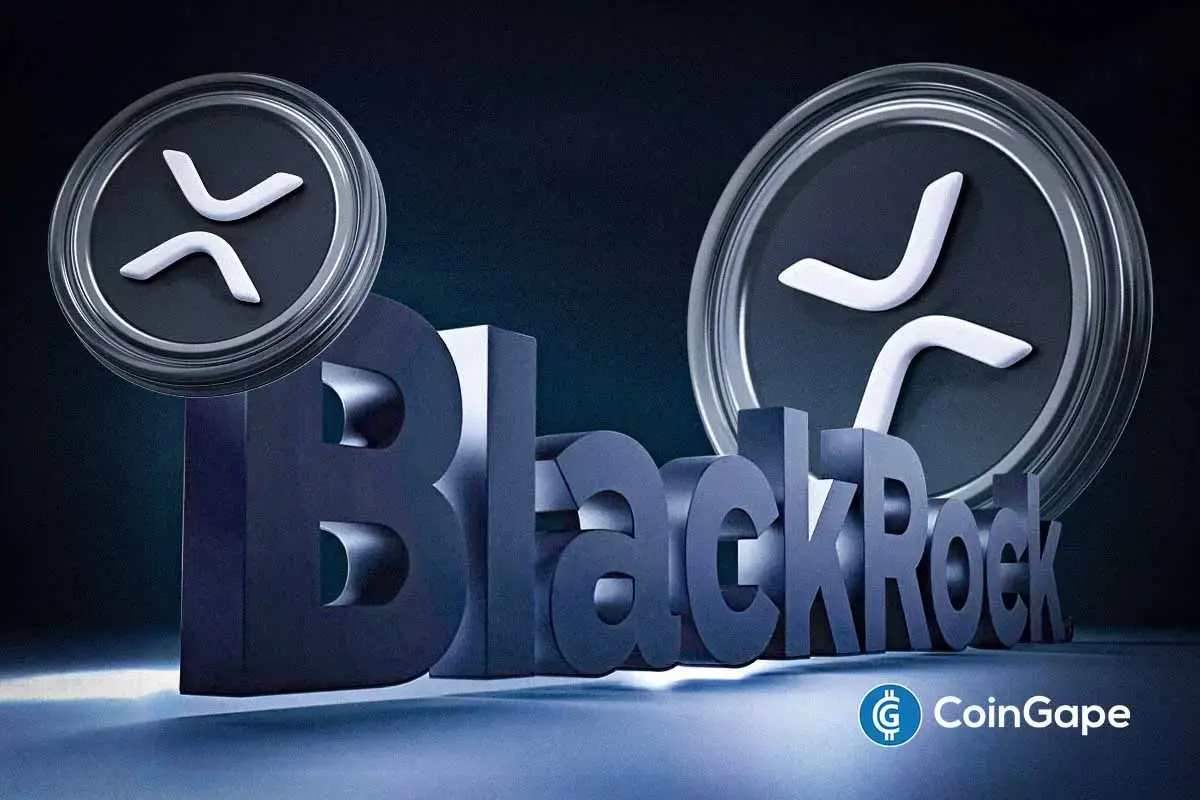
 Altcoin15 hours ago
Altcoin15 hours agoExpert Reveals Why BlackRock Hasn’t Pushed for an XRP ETF
-

 Altcoin20 hours ago
Altcoin20 hours agoExpert Says Solana Price To $2,000 Is Within Reach, Here’s How
-

 Market18 hours ago
Market18 hours agoSolana Rallies Past Bitcoin—Momentum Tilts In Favor of SOL
-

 Market17 hours ago
Market17 hours agoVitalik Buterin Proposes to Replace EVM with RISC-V
-
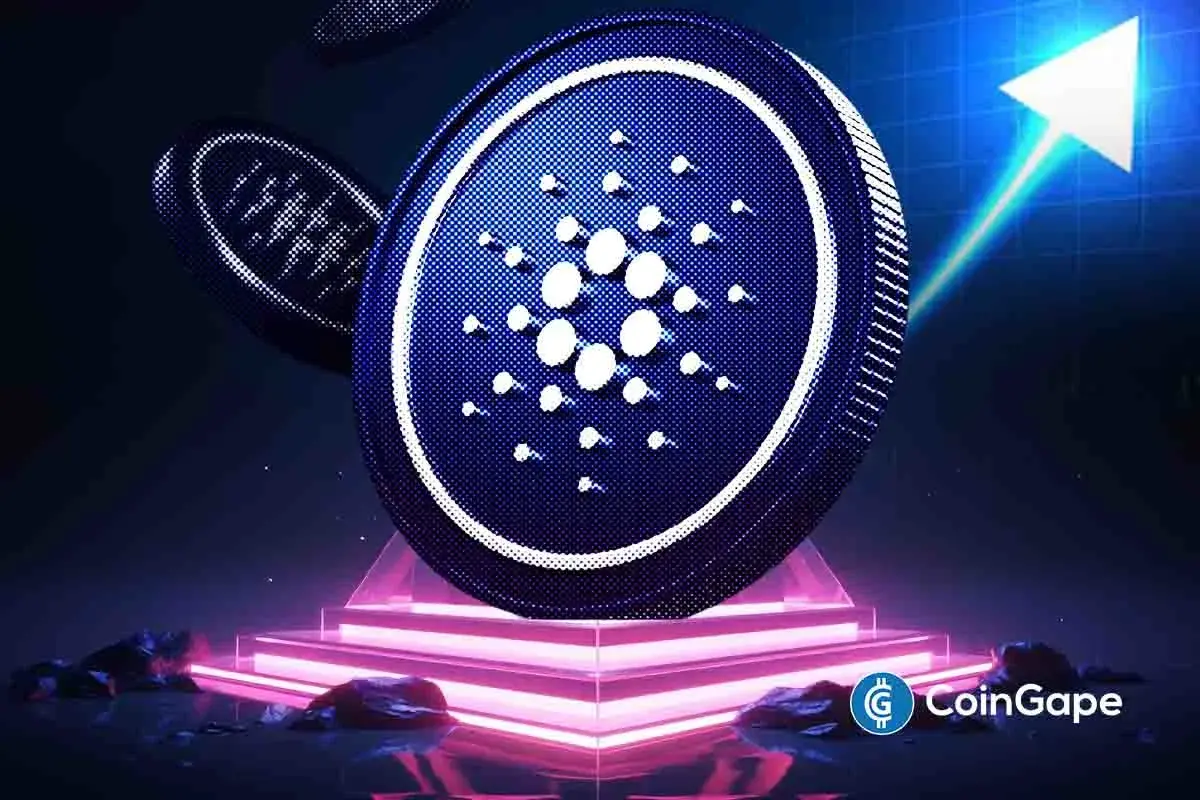
 Altcoin10 hours ago
Altcoin10 hours agoWill Cardano Price Break Out Soon? Triangle Pattern Hints at 27% ADA Surge
















